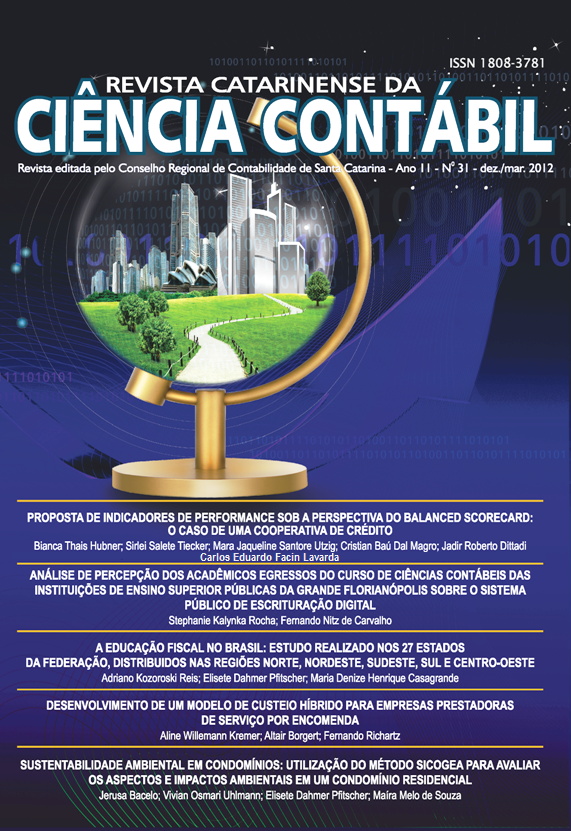 When we really feel threatened or uncomfortable, we'd unconsciously undertake defensive postures to guard ourselves. This might involve crossing our arms, turning away barely, or raising our shoulders. While these postures might make us feel safer in the moment, they'll also create limitations in social interactions. You also can learn more about tips on how to improve your nonverbal communication to turn out to be higher at letting individuals know what you're feeling—without even saying a word. There is not at all times a one-size-fits-all solution for what nonverbal cues are appropriate.
When we really feel threatened or uncomfortable, we'd unconsciously undertake defensive postures to guard ourselves. This might involve crossing our arms, turning away barely, or raising our shoulders. While these postures might make us feel safer in the moment, they'll also create limitations in social interactions. You also can learn more about tips on how to improve your nonverbal communication to turn out to be higher at letting individuals know what you're feeling—without even saying a word. There is not at all times a one-size-fits-all solution for what nonverbal cues are appropriate.Iconicity and Metaphor in American Sign Language
Take time to observe your individual gestures, posture, and facial expressions, and consider how they could be perceived by others. Practicing self-awareness will assist you to turn into more intentional and authentic in your non-verbal communication. Understanding and respecting private house is an integral part of nonverbal communication. Being aware of boundaries fosters comfort, belief, and efficient communication, guaranteeing that people really feel revered and valued in varied social and skilled contexts.
Supports effective negotiations
Self-awareness types the cornerstone of efficient nonverbal communication, necessitating introspection and mindfulness regarding one's own nonverbal behaviors. By cultivating self-awareness, individuals can align their nonverbal expressions with their supposed messages, fostering authenticity and clarity in communication. In the realm of skilled communication, nonverbal cues are instrumental in conveying confidence, credibility, and authenticity. Whether in job interviews, networking occasions, or day-to-day interactions, mastering nonverbal communication is crucial for making lasting impressions and establishing professional rapport.
These nonverbal cues are powerful; they will stir emotions, forge connections, and leave lasting impressions. Self-confidence performs an enormous role in how we posture ourselves. People with high vanity are most likely to undertake extra open, assertive postures, while those missing confidence usually show more closed-off, protective body language. Interestingly, analysis has proven that adopting confident postures can actually increase our self-esteem, creating a optimistic feedback loop. Cultural differences play a significant position in how we interpret and use posturing behaviors. What’s considered an indication of respect in a single tradition might be seen as submissive and even impolite in another.
Mastering Direct Communication: How to Be Direct Without Being Rude
Still, based on a 2015 study, silence isn't just the absence of communication however instead is usually a productive communication technique. Looking up would possibly indicate they’re accessing visual reminiscences, whereas wanting down and to the facet could recommend they’re engaged in inside dialogue. By entering your e mail and clicking Sign Up, you are agreeing to allow us to send you customized marketing messages about us and our advertising partners. You are additionally agreeing to our Terms of Service and Privacy Policy. Learn the relational skills to enhance your intimate relationship. The CALM method helps us navigate life’s disruptions by capturing external details, attuning to internal sensations, labeling emotions, and transferring into aligned action for growth.
Observing Nonverbal Cues in Others
This universality makes facial expressions a key part in understanding and interpreting nonverbal cues. While you could be saying one factor verbally, your physique language can reveal something completely different. For occasion, a person might say they are confident, but their slouched posture and lack of eye contact might point out in any other case. This discrepancy between verbal and nonverbal cues can create confusion or even distrust in a dialog. Therefore, understanding the power of nonverbal communication is crucial for conveying the best message. Collaboration lies on the heart of scientific progress and academic success. Body language performs a significant function in building trust and establishing effective collaboration amongst researchers and teachers.
Since the visual sense is dominant for most people, eye contact is an particularly necessary sort of nonverbal communication. The way you look at somebody can communicate many things, including interest, affection, hostility, Analise da linguagem corporal or attraction. Eye contact can be essential in maintaining the flow of conversation and for gauging the other person’s curiosity and response. Nonverbal behaviors are a window right into a person’s innermost emotions, thoughts, attitudes, ideas, and biases.
 Many of us are disconnected from our emotions—especially robust emotions such as anger, sadness, fear—because we’ve been taught to attempt to shut off our feelings. But whilst you can deny or numb your feelings, you can’t get rid of them. They’re still there and they’re nonetheless affecting your habits. By creating your emotional consciousness and connecting with even the disagreeable emotions, though, you’ll acquire greater control over the way you think and act.
Many of us are disconnected from our emotions—especially robust emotions such as anger, sadness, fear—because we’ve been taught to attempt to shut off our feelings. But whilst you can deny or numb your feelings, you can’t get rid of them. They’re still there and they’re nonetheless affecting your habits. By creating your emotional consciousness and connecting with even the disagreeable emotions, though, you’ll acquire greater control over the way you think and act.The Impact of Posture
When we’re joyful, our bodies naturally adopt open, expansive postures. When we’re unhappy or analise Da linguagem corporal anxious, we tend to twist inward, making ourselves smaller. This connection between emotion and posture is so sturdy that analysis has proven that deliberately adopting certain postures can really affect our emotional state. It’s a fascinating instance of the two-way avenue between our minds and our bodies.






